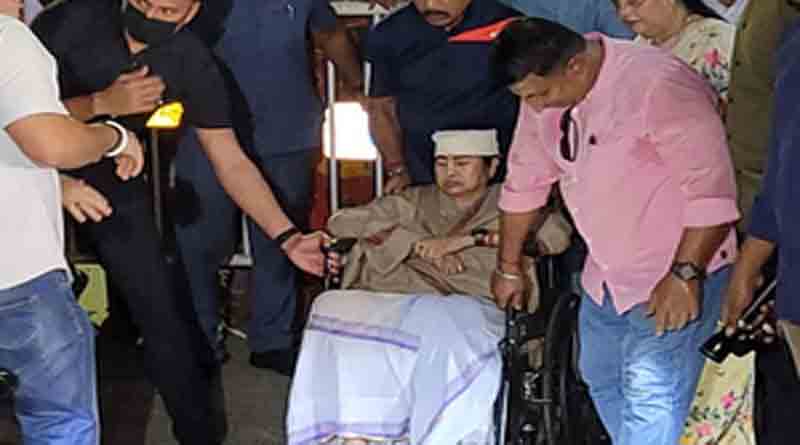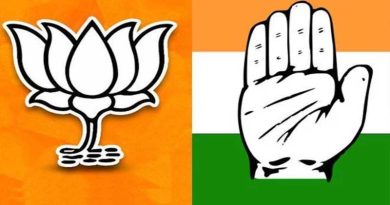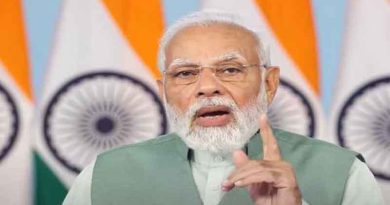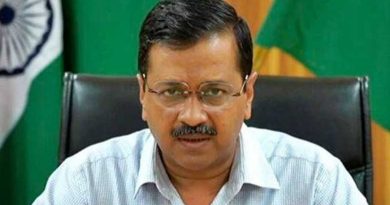SIT to probe ‘push’ theory behind CM Mamata Banerjee’s injury
Insight Online News
Kolkata, March 15 : A special investigation team (SIT) of Kolkata Police will probe the “push” theory behind the forehead injury that West Bengal Chief Minister Mamata Banerjee suffered as she fell down at her residence while walking.
The “push” theory surfaced after the Director of S.S.K.M. Medical College and Hospital, Manimoy Bandopadhyay said, on Thursday night, that the Chief Minister might have been “pushed” from behind at her residence.
While speaking to the mediapersons, the S.S.K.M. director said that the injury might have been caused “within the vicinity of her home due to some push from behind”.
Sources from the city police said that officers from different departments will be included in the SIT which will probe the matter. The investigation process by the SIT will be directly overseen and supervised by the city police, Vineet Kumar Goyal.
It is learnt that the members of the SIT will be examining the CCTV footage both in the inner and outer peripheries of the official residence of the Chief Minister at Kalighat in South Kolkata. The SIT members will also question the security personnel deployed at the residence of the Chief Minister.
Insiders in city police said that the matter is being viewed with extreme seriousness by the city police considering that it involves the security aspects of a V.V.I.P. like the Chief Minister. Besides investigating the “push” theory behind the mishap, the existing security arrangements at the Chief Minister’s residence will also be reviewed.
On Thursday evening, the Chief Minister received a forehead injury after she tripped while walking within her residence premises. She was immediately taken to the nearby S.S.K.M. Medical College and Hospital.
Later in the night she was released from the hospital after the doctor had put four stitches on her forehead.
Almost an hour after her release from the hospital the S.S.K.M. director had an interaction with the mediapersons and during the course of interaction the “push” theory surfaced.









